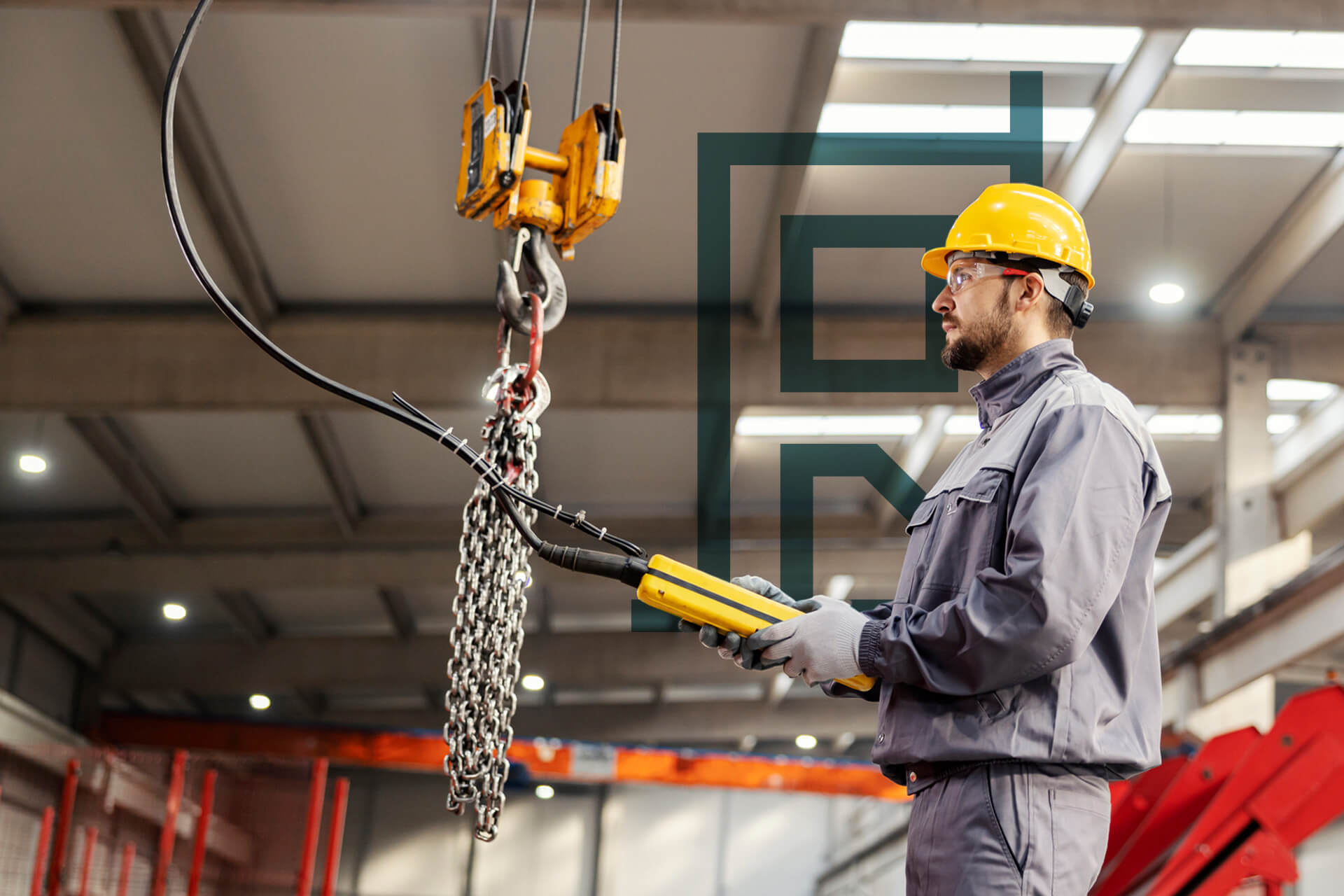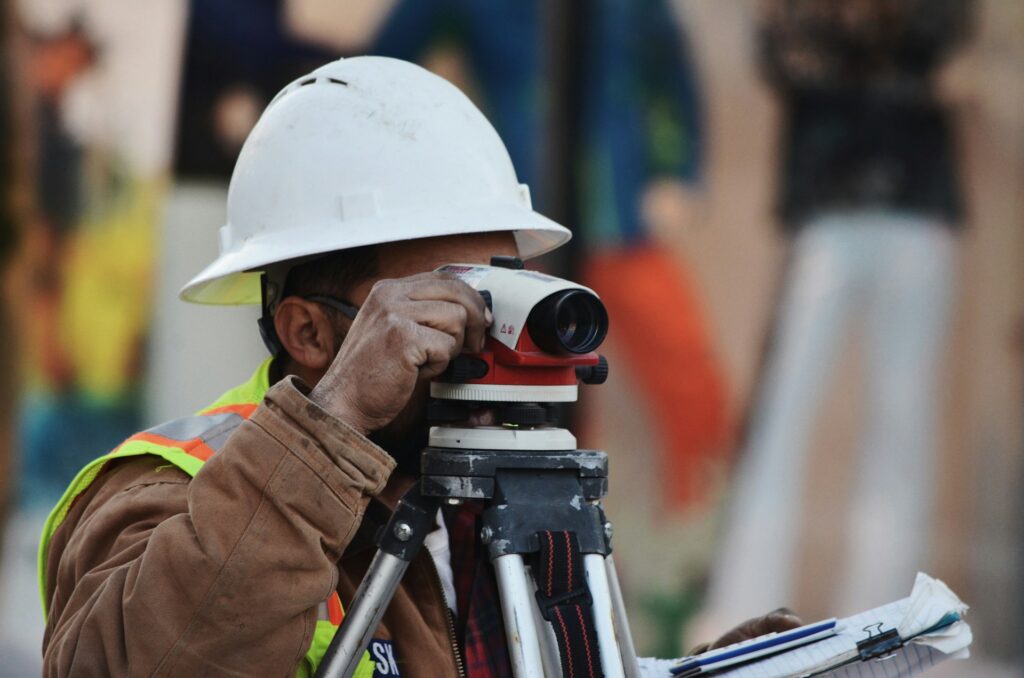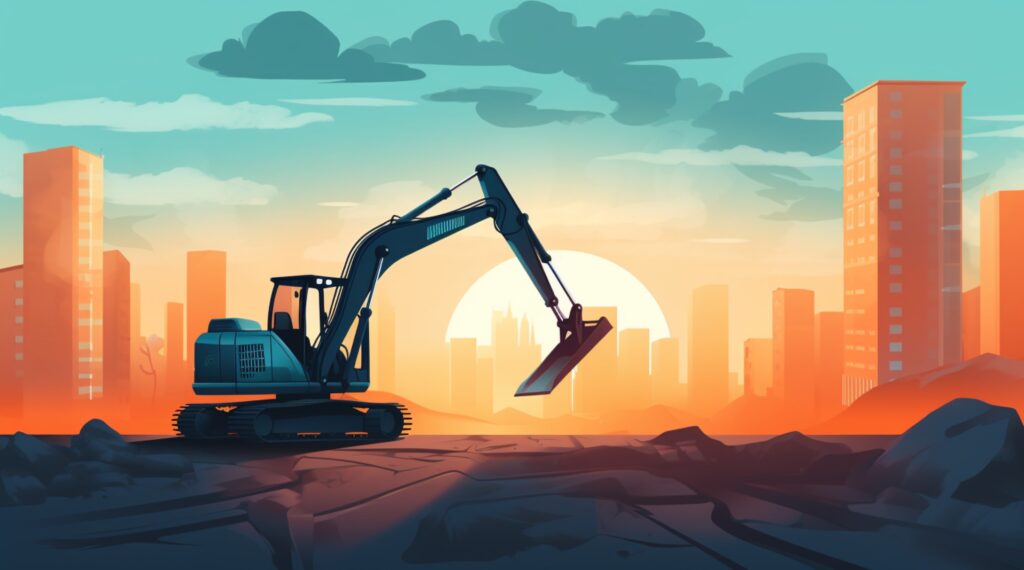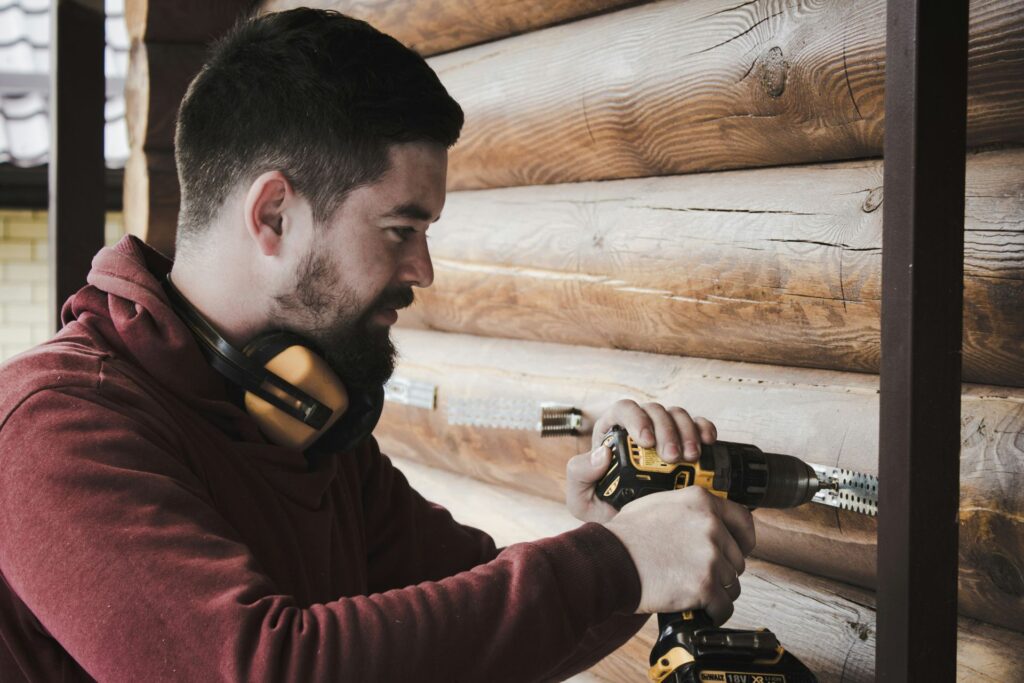
We are reader-supported. When you buy through links on our site, we may earn an affiliate commission.
When it comes to construction projects there are a lot of moving parts. Some building elements are created onsite, while others are made offsite. You may be wondering, what is offsite construction? Offsite construction is when certain materials aren’t built right outside the property. Instead, the components are created in a specialized factory. This can help to make the construction process more efficient.
Benefits of Offsite Construction
Along with efficiency, here are some other reasons offsite construction can be beneficial.
1. Less Skilled Workers Required
Offsite construction uses automated processes that can reduce the need for laborers. Also, building information modeling uses a variety of tools to help contractors plan and design their buildings. It can also help with management aspects by collecting data about the property. This can help streamline the construction process and requires less hands-on work.
The rise of 3D printing can also make the process more efficient. The concrete printing market has grown within the construction industry. Along with new technology, robotic machinery is reducing the need for skilled workers. These can be used to autonomously complete tasks, such as welding, drilling, or brick-laying.
These devices can also help managers control the job site remotely. They can also use them to conduct final site inspections from outside locations. With fewer workers needed it saves time and money. It also allows real estate agents to keep up with the increased housing demand.
2. Saves Time
You can reduce your construction time up to 50% by using offsite resources. This is because most of the sections are completed beforehand. Then they are ready to be installed onsite. Contractors can use this time to work on other onsite tasks, such as site foundation. So, offsite construction can help shorten the overall timeline for the project.
3. Lowers Costs
Offsite construction is more efficient and creates less waste, which can reduce expenses. Advanced technology can make it easier for builders to plan more efficiently. This allows them to be more precise about the kinds of material they use and how much to purchase. Having the right materials in the proper amount reduces the number of supplies wasted.
Also, offsite construction eliminates the need for costly storage solutions typically needed onsite. The interior temperature controls protect the materials from the elements. Along with reducing material waste, offsite construction can lower your energy use. For example, you will need fewer generators since more work is done offsite. So, this can lower your energy expenses.
4. Environmentally Friendly
Offsite locations can emit less carbon dioxide during production. Often contractors need to transport structural materials to the job site. The delivery trucks then release carbon dioxide during the trip. However, offsite construction factories can create these components in-house. This reduces the total number of trips the trucks have to make.
Also, in offsite locations, you have more control over carbon emissions. You can implement green technology within the space.
5. Better Quality and Climate Control
Offsite construction is in a controlled environment. This makes it easier to produce higher-quality materials. Also, the ability to construct panels at the same time as the framework ensures they will match.
Another perk is the offsite locations aren’t as affected by harsher weather. They have indoor controls to adjust the temperature and prevent material damage.
6. Improves Safety for Workers
At onsite construction locations, workers have to watch out for multiple safety hazards. These may include heights or harsh weather. Many construction sites involve the use of scaffolds and lifts. In fact, it is estimated that 65% of the construction industry works on scaffolds. This can be dangerous, especially during windy conditions.
However, factories can reduce the use of ladders by using racks built on the ground instead. Also, interior walls built on tables can reduce the need for scaffolding. Along with falling risks, builders can develop muscular disorders from heavy lifting. However, offsite constitution areas use automated processes to limit workers’ physical stress.
7. Reduces the Amount of Traffic
Construction processes can also have an impact on the surrounding community. Some of the common concerns are roadblocks and increased traffic due to shipments. However, offsite construction limits the number of shipments. This is because the materials are all produced in one place and usually brought in by one large load. Although, doing more building onsite causes the need for many smaller shipments.
During offsite construction, you don’t have neighbors complaining about the noise level. Many communities have stricter guidelines for these issues. Laws from the Environmental Protection Agency can regulate noise sources, such as construction equipment.
Things to Consider About Offsite Construction
While there are many advantages to offsite construction, there are also some drawbacks. One thing to consider is that some buildings use timber frames which can create a fire risk. Also, having one company responsible for manufacturing all parts impacts the supply chain. For example, if one company has to shut down, it causes delays for contractors relying on them.
Another thing to keep in mind is moving whole houses can be a complex task. It can lead to damaged parts during transportation. Lastly, you may want to think about giving the surveys access to the supply line. This way their reports are consistent with the project managers.
Types of Offsite Construction Methods
Despite these concerns, offsite construction may continue to grow in popularity. Here are some of the standard ways to perform this type of construction.
1. Volumetric/Modular Systems
This is when entire buildings are built off-location and then transported to the site. While most of the work is done, minor finishes just need to be added. These may include wall finishes or completing roofing joints. A modular system allows for a quick installation process. Although, it will have limitations in size and design because of transportation restrictions. So, this type of construction is best for homeowners with a tight deadline.
2. Structural Insulated Panels (SIP)
Sometimes only certain parts, such as panels, are built offsite. SIPs are made from thermal insulation material placed between two structural facings. They are used in residential and commercial construction to provide an airtight seal. This can help to conserve energy and reduce monthly expenses. With better ventilation, SIPs can also improve a home’s indoor air quality.
They even provide flexibility and can be manufactured to fit multiple property types. Creating these panels offsite ensures they can be done by the time the groundwork is ready.
3. Sub-Assemblies
During this process, components of the building are being created in the factory. These can include parts, such as locks or roof trustees. Builders often use this method for projects mainly using onsite techniques. Although they still want some offsite perks. For example, offsite locations allow for more precise designing and constructing systems.
4. Pre-Engineered Mechanical and Engineering Elements
Creating some of the mechanical systems inside the factory saves installation time. It also reduces the number of workers needed onsite. These components are assembled ahead of time before being added to the structure. They are often pre-wired to make the attachment a smoother process.
5. Pre-Assembled Parts
This method involves pre-assembling materials that contractors would normally install individually onsite. This creates a larger unit and makes the installation process more manageable. It also lowers the timeline for the project. Plus, these parts are often of higher quality. This is because they were made in a more controlled environment.
Everything You Need to Know About OffSite Construction
Offsite construction can be a more efficient and cost-effective strategy. It allows contractors to assemble parts in a controlled environment. During this time, the framework is being built onsite. So, as the demand for housing rises, offsite construction may become a more popular method.










